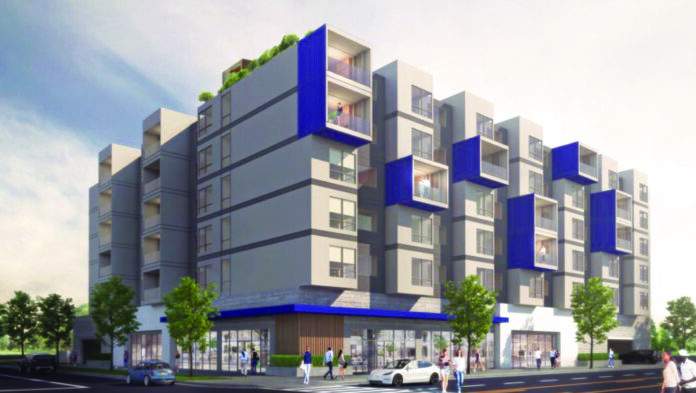Cloud Apartments is serious about changing how multifamily buildings are put together.
- Cloud’s founders include a former SpaceX engineer. The company is focused on modular multifamily buildings and supplies modules that take their inspiration from launch pad design.
- They’re pursuing an unprecedented level of repeatability and are developing new, quicker ways of connecting modules and utilities on the jobsite. This should greatly reduce the need for on-site labor.
- The goal is to offer an apartment “product” that can be manufactured and installed anywhere to create buildings that reflect the company’s unique brand. In fact, Cloud is already in discussions with modular manufacturers in different parts of the US.
Cloud Apartments (Cloud) is a build-to-rent development management company that has created a unique modular system they hope will change the way apartments are built in this country. Cloud, founded in 2021 and based in Berkeley, Calif., recently completed a funding round that raised $3 million.
The company has three repeatable apartment designs: a 500-square-foot studio; a 1,000-square-foot one-bedroom; and a 2,000-square-foot two-bedroom. At this writing, it has contracts for three apartment buildings in the San Francisco Bay Area: a Redwood City project with 130 units, a San Jose project with 90 units and a Watsonville project with 150 units. Each of these projects is five stories over a concrete podium and the first is expected to break ground early in 2024.
The company’s CEO and former SpaceX engineer, Curtis Wong, has Master’s degrees from Harvard Business School and a structural engineering degree from Stanford. He created launch pads for SpaceX at Cape Canaveral, Fla. and has engineered numerous buildings in the San Francisco and Los Angeles areas.
The build-to-rent modular market is one that a lot of manufacturers and developers have eyes on. With that in mind, we asked Wong about Cloud’s business model and the reasoning behind the decisions they’ve made so far.

Founders’ Backgrounds
Wong’s experience with modular construction is in design and planning. He worked on the design of a 16-story steel residential modular tower in San Francisco for Starcity, a co-living developer and operator founded in 2016.
The tower was to be called Starcity Minna, but then COVID-19 hit and the project didn’t break ground. However, the experience paid off. “I learned everything about the modular process,” he says. “That included entitlements and building permits, factory production and pricing with contractors who were unfamiliar with modular construction.”
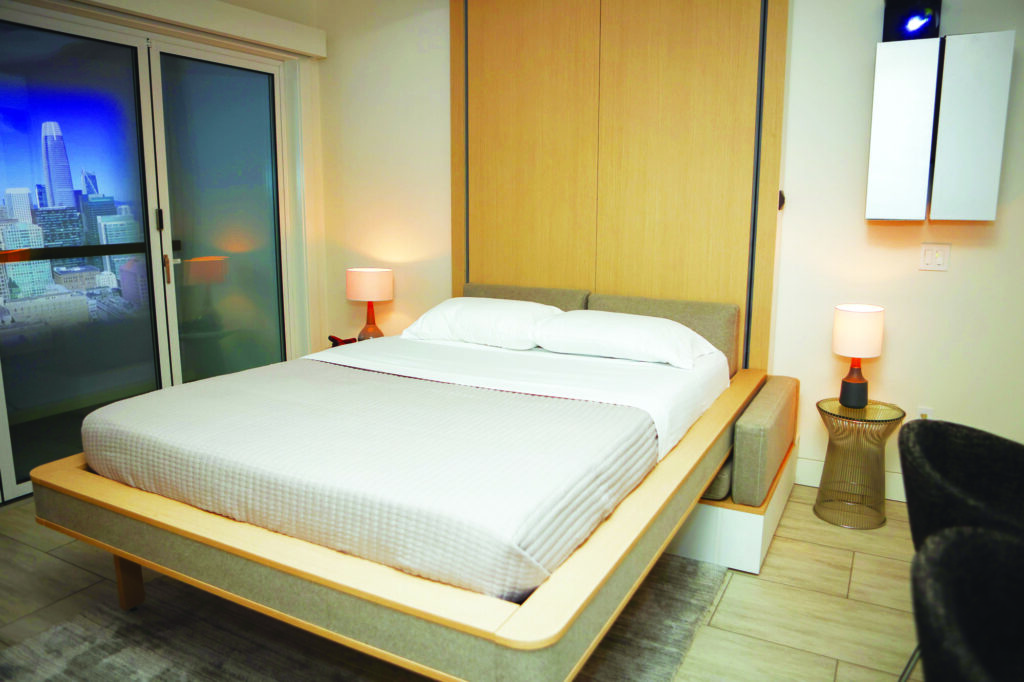
Cloud Co-Founder and current VP of Construction, Matthew Rapa, worked at RAD Urban, an Oakland, Calif. developer and modular manufacturer founded in 2009. He held both factory and site roles at RAD Urban and has personally overseen crews install close to 1,000 modular units in the Bay Area.
Business Model
Cloud partners with manufacturers, rather than manufacturing themselves, and their plan is to work with factories across the country to mass produce their standardized units. The company is already working with several modular factories in the western United States and is also in conversations with factories further east.
“It’s about scaling production,” Wong says. “Think of Henry Ford. He invented the Model T, a standardized product that was available only in black. Then he used assembly line manufacturing to reduce the cost per car by five times.”
He points out that most modular factories are still building one-off projects with no standardization and no scale. He says that Cloud is currently at the stage Ford was at when he built his prototype vehicle, was testing and tweaking the design, and preparing to get the first assembly line ready to go.
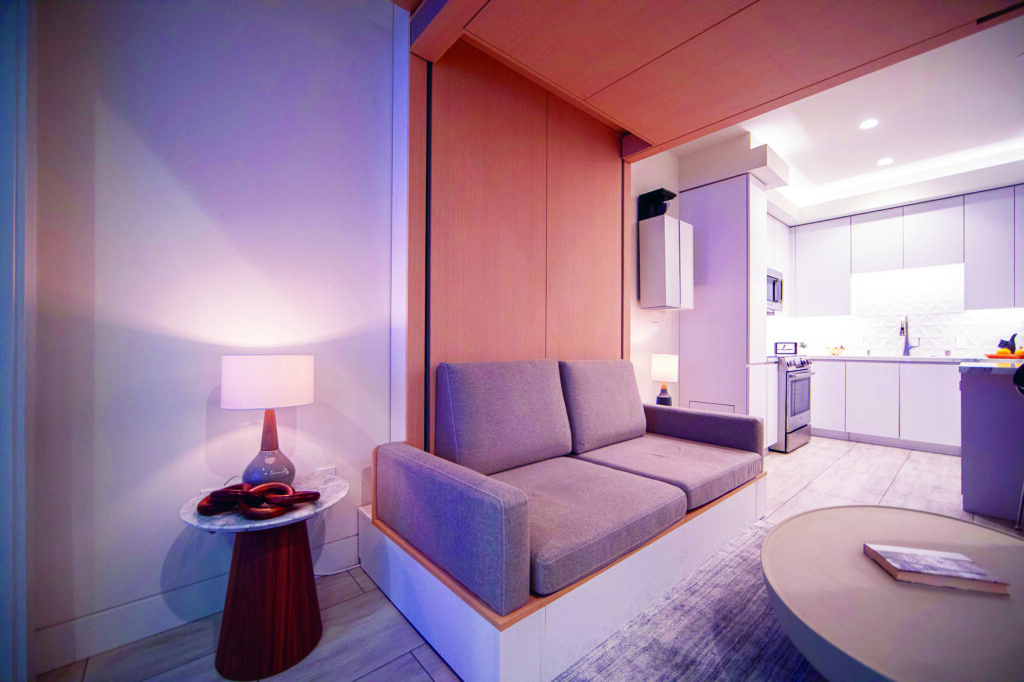
Reducing Costs
Cloud’s business model is based on a belief that the key to controlling costs is repeatable designs and the minimization of on-site labor.
“The scale and repeatability we’re aiming for is unprecedented,” Wong says. The goal is to have many factories supplying development sites nationwide with the same modules. “It’s truly like the Model T assembly line production. The savings will be significant.”
Looking ahead, Cloud intends to focus heavily on better ways to connect modules on the construction site — including structural alignment and utility connections. The goal is to have modules that can be “plugged in” as simply as plugging a washing machine into a wall outlet.
The plug-and-play connections are currently in the prototype stage. “We’ve tested every component separately, including how our façade systems overlap and how our utilities connect,” says Wong. He says the inspiration for the utility connections came from the way in which rockets are rapidly fueled before launch at SpaceX. However, the connections “are still undergoing the patent process so I’m not able to say more at this point.”
The low-hanging fruit Cloud is currently pursuing is working out how to get modular projects from crane to opening as quickly and efficiently as possible. Wong explains that today’s version of modular construction typically still requires a sizeable amount of conventional on-site labor.
For example, a lot of corridor work needs to be done on-site. Electrical and plumbing risers need to be installed and connected. Sprinklers, walls, floors and ceilings need to be installed. This work is time-consuming. It’s also expensive because it requires skilled electricians and plumbers.
In Cloud’s system, 95% of the corridor work is installed inside shafts in the factory that are connected to the modules. The shafts then stack and connect vertically on-site. Except for the final connections, all MEP work is also done off-site. And their modular system comes with a prefabricated kit to finish the floors and ceilings in the corridor.
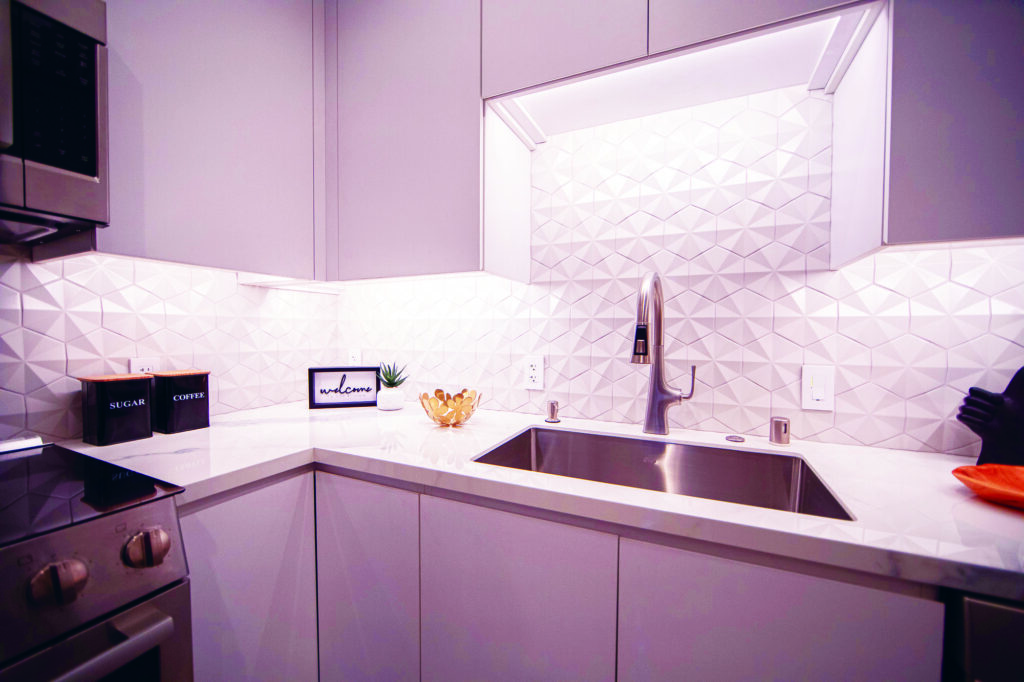
Similarly, most buildings that use modular construction require the façade be installed after the modules have been set, Wong says. This requires scaffolding and time-consuming on-site labor. In contrast, Cloud’s modules have the façade installed at the factory. All that remains to be done on-site is finishing the seams between modules.
In fact, the company has developed a patented “snap installation” system that enables modules to be quickly aligned, structurally connected and hooked up to utilities and also enables the quick application of façades. Cloud will handle on-site installation, which reduces the need for third-party contractors.

Apartment Design
Instead of seeing a repeatable design as a flaw (the “cookie cutter” criticism), Wong considers it a feature. “We see Cloud Apartments becoming a household name, a brand with a signature look,” he says. “We want to bring to apartments what the citizenM hotel brand — and other hotel brands — have brought to hospitality.” He explains that while citizenM uses modular construction for most of their hotels, they differentiate themselves by their aesthetics.
Cloud has the ability to change façade textures and colors and can work with architects for customization of the site-built portions of the buildings. However, Wong says, “At the end of the day, we’re facing a severe national housing shortage. If we can make housing that’s affordable with high-quality interiors for renters, but with less creative exterior architecture, I’m OK with that.”
The company recently built a prototype of its 500-square-foot
studio apartment (named the Cloud S), which has a fully enclosed balcony and a bed that’s stored near the ceiling and robotically descends to floor level for sleeping.
Wong says that compared to consumer products like cars and smartphones, apartments tend to be disappointing — despite the average person spending a major portion of their income on rent. “Tenants can hear their neighbors, have no natural light, no storage, poor quality craftsmanship, and so on,” he says.
Cloud wants to create apartments that don’t disappoint as consumer products. “We have focused on basics such as natural light, good sound insulation, storage space and open floor plans,” Wong says.
For instance, the Cloud S includes “luxuries” such as a built-in surround sound system, enhanced lighting and projector technology. As for sound, he claims that “the redundant wall and floor/ceiling systems, and the gaps between modules, means modular construction has inherently better sound insulation than conventional construction.” (The company intends to test its units for sound attenuation in the second half of 2023.)
Renters will be able to download a Cloud app onto their phones, allowing them to control lighting, temperature, music, and so on. “Today’s smart homes aren’t popular because they’re messy to set up and difficult to use,” Wong says. “We’ve changed that because our apartments are designed from scratch with hardware and software integration.”
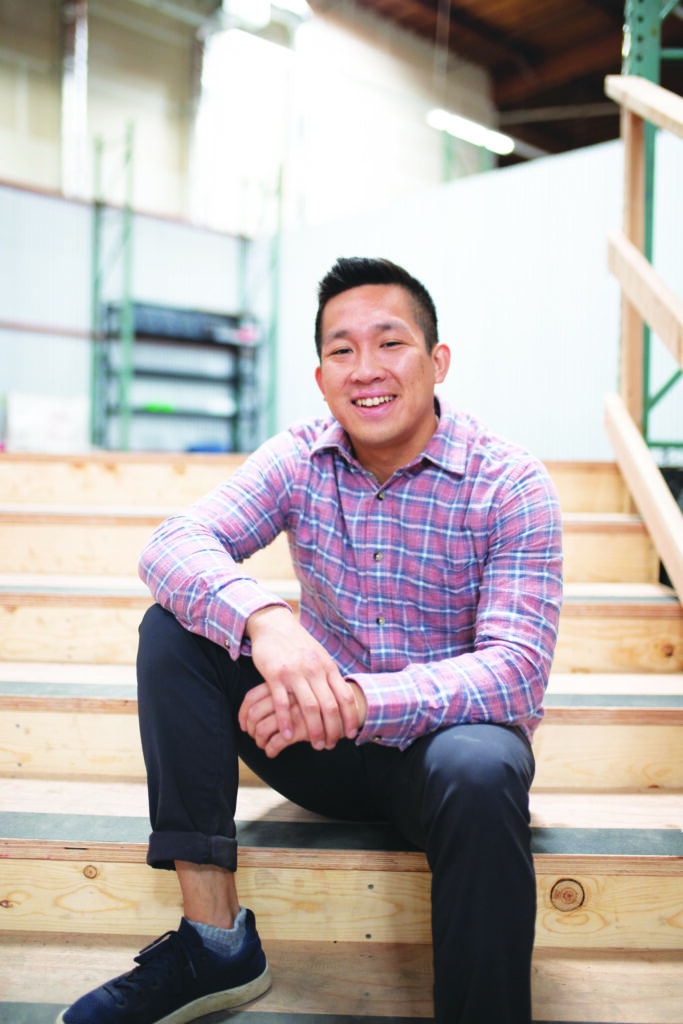
Inspection and Ownership
California has a dual-permitting process. That means the local jurisdiction has permitting responsibilities for the site-built components of a building, while the state has permitting responsibilities for the factory-built portion.
“We’ve worked with the State of California to get a state-inspected insignia for our Cloud S units. Because they have a repeated design, this means we can expedite building with those units for any project in the state,” Wong says. “Although there are some fire and life safety exceptions, generally speaking, local inspectors won’t need to, and won’t be able to, enter the units for inspection.”
Although Cloud has no current plans to own apartment buildings, they don’t rule it out in the future. At the moment, however, the company will continue to act as the architect and development manager for the site owner, overseeing design, permitting, factory production, logistics and installation.
Cloud will even brand and advertise the building and help with lease-up. “In that way, we’re similar to hotel brands that don’t own the building, but help keep it occupied and help keep occupants happy,” Wong says. “We see ourselves as a product company and really care about our branding.”


